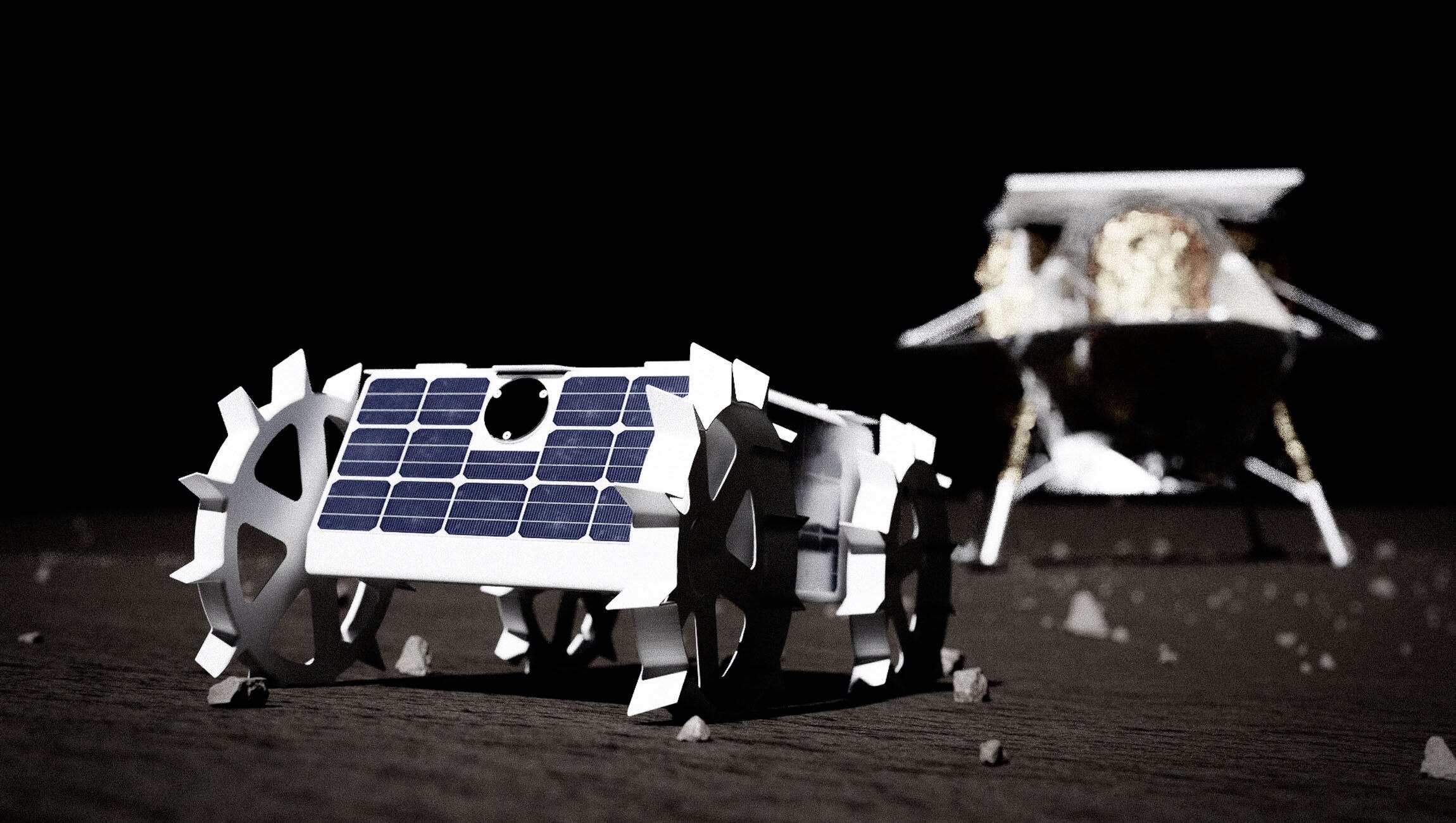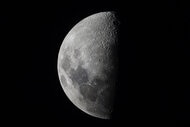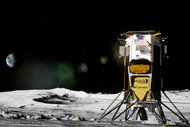Create a free profile to get unlimited access to exclusive videos, sweepstakes, and more!
NASA developing (literally) cool new space tech to take us to the Moon, Mars and beyond

Human imagination has thought up futuristic technologies for decades, from a warp drive to a spaceship computer that can keep you alive or kill you. NASA is now developing tech that might blow your mind even more than that.
The space agency recently announced the 14 companies which it has chosen to collaborate with in the development of tech that will take us to the Moon, Mars, and beyond. Much of this new tech reads like scenes and props from a sci-fi movie. Think everything from cryogenic propellant and autonomous robots to smart life support systems for spacecraft and habitats (which hopefully won’t try to murder you like HAL 9000 from 2001: A Space Odyssey).
“These promising technologies are at a ‘tipping point’ in their development, meaning NASA’s investment is likely the extra push a company needs to significantly mature a capability,” said Jim Reuter, associate administrator of NASA’s Space Technology Mission Directorate (STMD).
Cryogenic Propellant Production and Management is one category of tech that NASA will need for future missions, so they've partnered with Blue Origin, SpaceX, OxEon Energy, and Skyre Inc. The (literally) coolest one of these technologies might be Skyre Inc.’s system designed to convert Moon ice into propellant by using electrolysis to separate the hydrogen from the oxygen while the water is still extremely cold and, even cooler, using that hydrogen to refrigerate and liquefy the oxygen. SpaceX wants to test cryogenic fluid nozzle prototypes for refueling spacecraft like its upcoming Starship.
Sustainable Energy Generation, Storage and Distribution is another top category for NASA, which is relying on Infinity Fuel Cell and Hydrogen Inc., Paragon Space Development, and TallannQuest. Paragon’s life support system will be able to keep up temperatures that astronauts can live with throughout lunar, and eventually Martian, day and night cycles. The model used for the Moon will eventually be adapted for Mars. TallannQuest’s power controller will be able to reconfigure itself based on a mission’s power needs.
The category of Efficient and Affordable Propulsion Systems is critical for keeping astronauts afloat. For this, NASA has chosen Accion Ssytems, CU Aerospace, and ExoTerra. All three of these companies will be applying their technologies to CubeSats, but ExoTerra’s will get an extra boost from the Sun. Its solar electric propulsion module will be tested in space from low-Earth orbit to the radiation belts around our planet. If powered efficiently by the Sun, it could open up a possibility for CubeSat missions to the inner solar system.
Autonomous Operations and Rover Mobility are categories that will each be handled by one company, with Blue Canyon Technologies coming up with an advanced autonomous navigation system for the former. While autonomous spacecraft is nothing new, this system will enable CubeSats to travel through space without needing humans from the home planet to tell them what to do next. Astrobotic Technology is creating mini scouting rovers that can carry payloads to their destination and interface with larger landers.
Advanced Avionics is the last category NASA needs to level up their tech for Moon and Mars missions. Intuitive Machines, Luna Innovations, and Sierra Nevada Corp. will be tackling this. Intiutive is going to give spacecraft “eyes” to see like they never have before, with a vision-processing computer and software that also takes less time and money to deploy than previous iterations. Luna Innovations is partnering with Sierra Nevada to make sure that sensors which monitor the health and safety of inflatable space habitats actually work. Bye, HAL.
“These are important technologies necessary for sustained exploration of the Moon and Mars,” Reuter said. “As the agency focuses on landing astronauts on the Moon by 2024 with the Artemis program, we continue to prepare for the next phase of lunar exploration that feeds forward to Mars.”
(via NASA)














